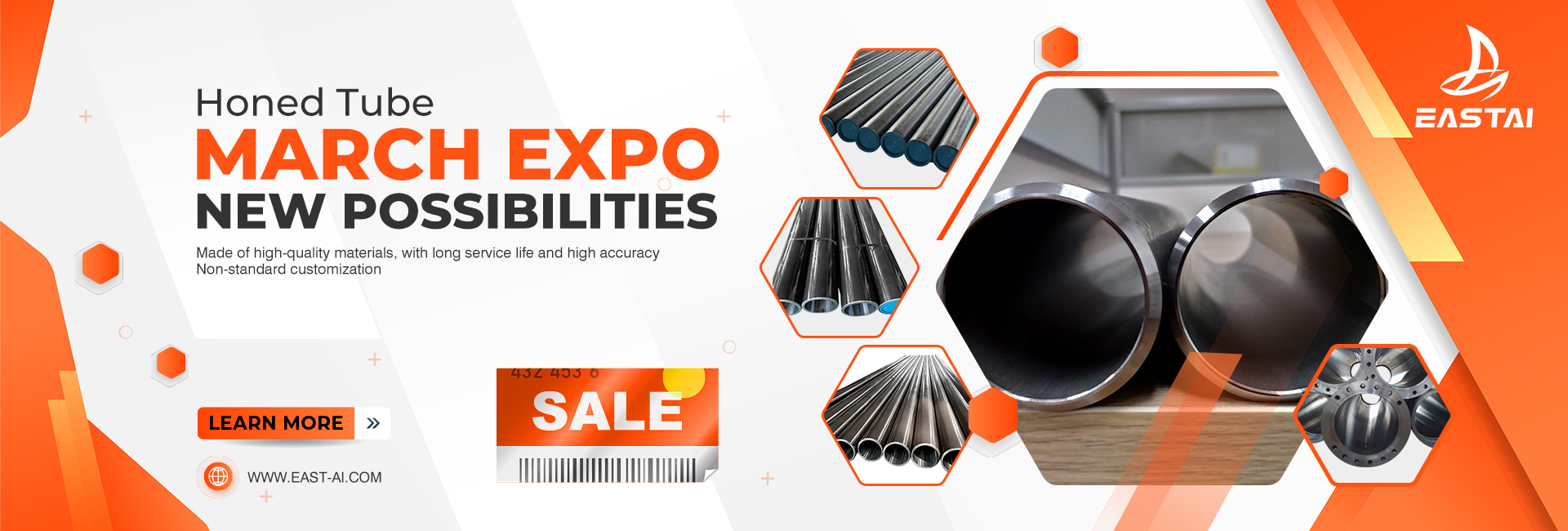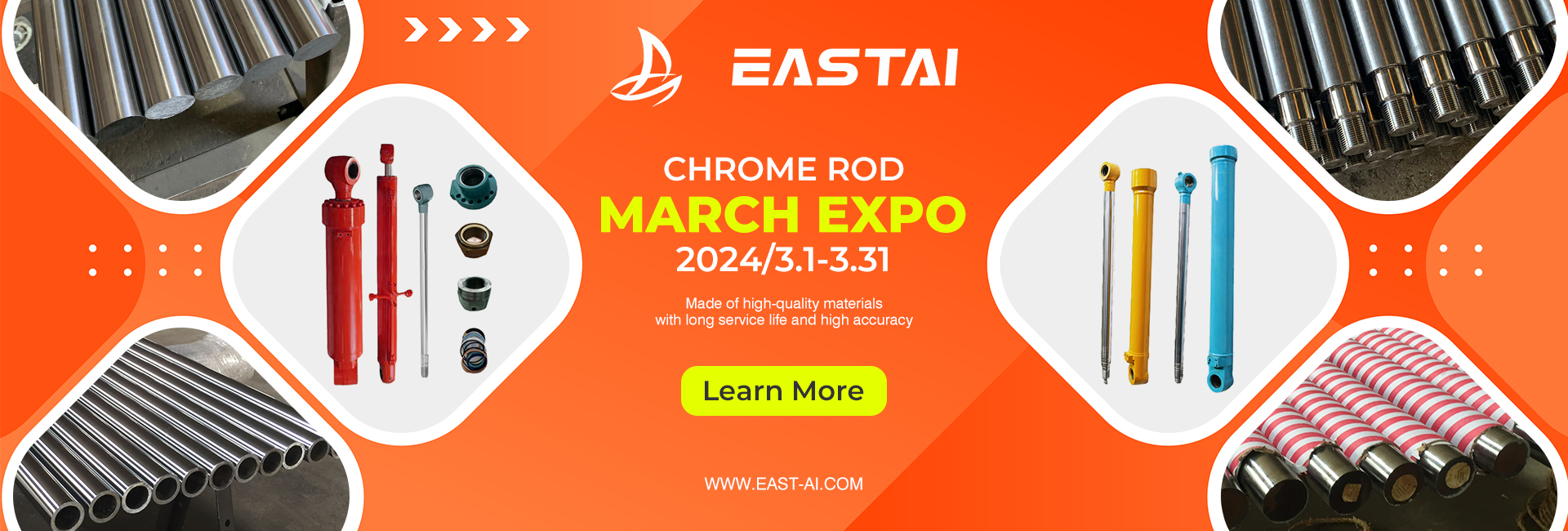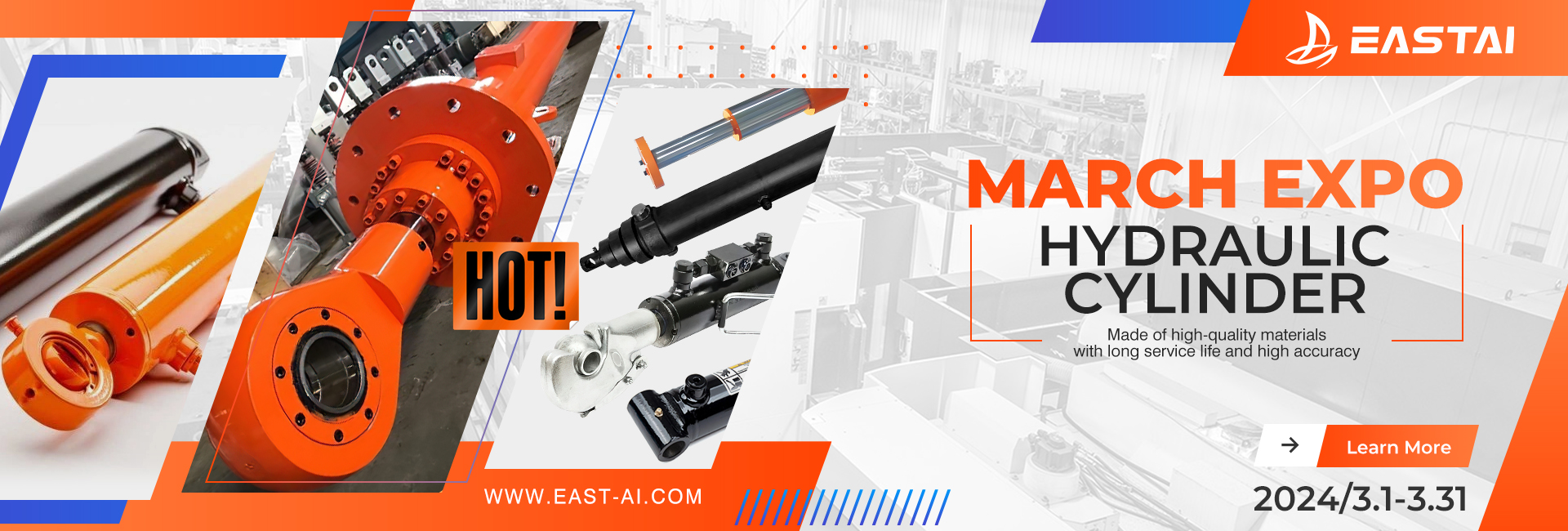What information is required for custom hydraulic cylinders
Custom hydraulic cylinders are an important component in many industries, including construction, agriculture, and manufacturing. They are used to provide linear force and motion to machinery and equipment. To ensure that a custom hydraulic cylinder meets the specific requirements of a particular application, a number of key pieces of information must be provided to the manufacturer.
Bore size: The bore size of a hydraulic cylinder is the diameter of the internal piston. This measurement is critical for determining the cylinder’s maximum force output, as well as its overall size and weight. The bore size should be specified to the manufacturer in millimeters or inches, depending on the units used in the design.
Stroke length: The stroke length of a hydraulic cylinder is the distance that the piston travels from its fully extended position to its fully retracted position. This measurement is important for determining the range of motion of the cylinder and should be specified in millimeters or inches.
Rod diameter: The rod diameter is the diameter of the rod attached to the piston that extends from the cylinder. This measurement is important for determining the maximum load that the cylinder can handle and should be specified in millimeters or inches.
Mounting style: The mounting style of a hydraulic cylinder refers to the way that the cylinder is attached to the machinery or equipment that it is designed to operate. Common mounting styles include clevis, flange, and pivot mount. The manufacturer must be provided with the specific mounting style required for the application.
Operating pressure: The operating pressure of a hydraulic cylinder is the pressure of the fluid used to power the cylinder. This measurement is important for determining the maximum force that the cylinder can generate and should be specified in bar or psi.
Fluid type: The fluid type used in a hydraulic cylinder must be specified to the manufacturer. Common fluid types include mineral oil, water glycol, and synthetic oil. The fluid type should be chosen based on the specific requirements of the application, including operating temperature, fluid compatibility, and the risk of fluid contamination.
Sealing system: The sealing system of a hydraulic cylinder helps to prevent fluid from leaking out of the cylinder and into the environment. The sealing system should be specified to the manufacturer based on the specific requirements of the application, including operating temperature, fluid type, and the risk of fluid contamination.
Environmental conditions: The environmental conditions under which the hydraulic cylinder will be operating should be specified to the manufacturer. This information may include the temperature range, exposure to moisture, and exposure to chemicals.
Durability and longevity: The expected lifespan of the hydraulic cylinder should be considered when specifying the design. The manufacturer should be provided with information about the expected operating conditions, including the number of cycles, duty cycle, and operating hours per day. This information will help the manufacturer to determine the appropriate materials and design features to ensure that the hydraulic cylinder is durable and long-lasting.
Special requirements: Any special requirements or specifications for the hydraulic cylinder should be communicated to the manufacturer. This could include requirements for high speed or high accuracy, or for specific coatings or finishes to protect the cylinder from corrosion or wear.
Integration with existing systems: If the hydraulic cylinder is to be integrated into an existing system, the manufacturer should be provided with detailed information about the existing components and the interface requirements. This will help the manufacturer to ensure that the hydraulic cylinder is compatible with the existing system and that it operates smoothly and efficiently.
Testing and validation: The manufacturer should be provided with information about any required testing and validation procedures. This could include pressure tests, performance tests, or environmental tests. This information will help the manufacturer to ensure that the hydraulic cylinder meets the specified requirements and that it is safe and reliable.
By providing this information to the manufacturer, custom hydraulic cylinder designers can ensure that their custom hydraulic cylinders meet the specific requirements of their applications and provide the performance that is needed. Whether for construction, agriculture, or manufacturing, custom hydraulic cylinders are an essential component of many systems, and the information required for their design should be carefully considered to ensure that they are fit for purpose.
Custom hydraulic cylinders play a critical role in many industries and applications. By providing the manufacturer with the required information, designers and engineers can ensure that their custom hydraulic cylinders are designed to meet the specific requirements of their applications and provide the performance and reliability that is needed. Whether for construction, agriculture, or manufacturing, custom hydraulic cylinders are an essential component of many systems, and their design should be carefully considered to ensure that they are fit for purpose.
Post time: Feb-13-2023




